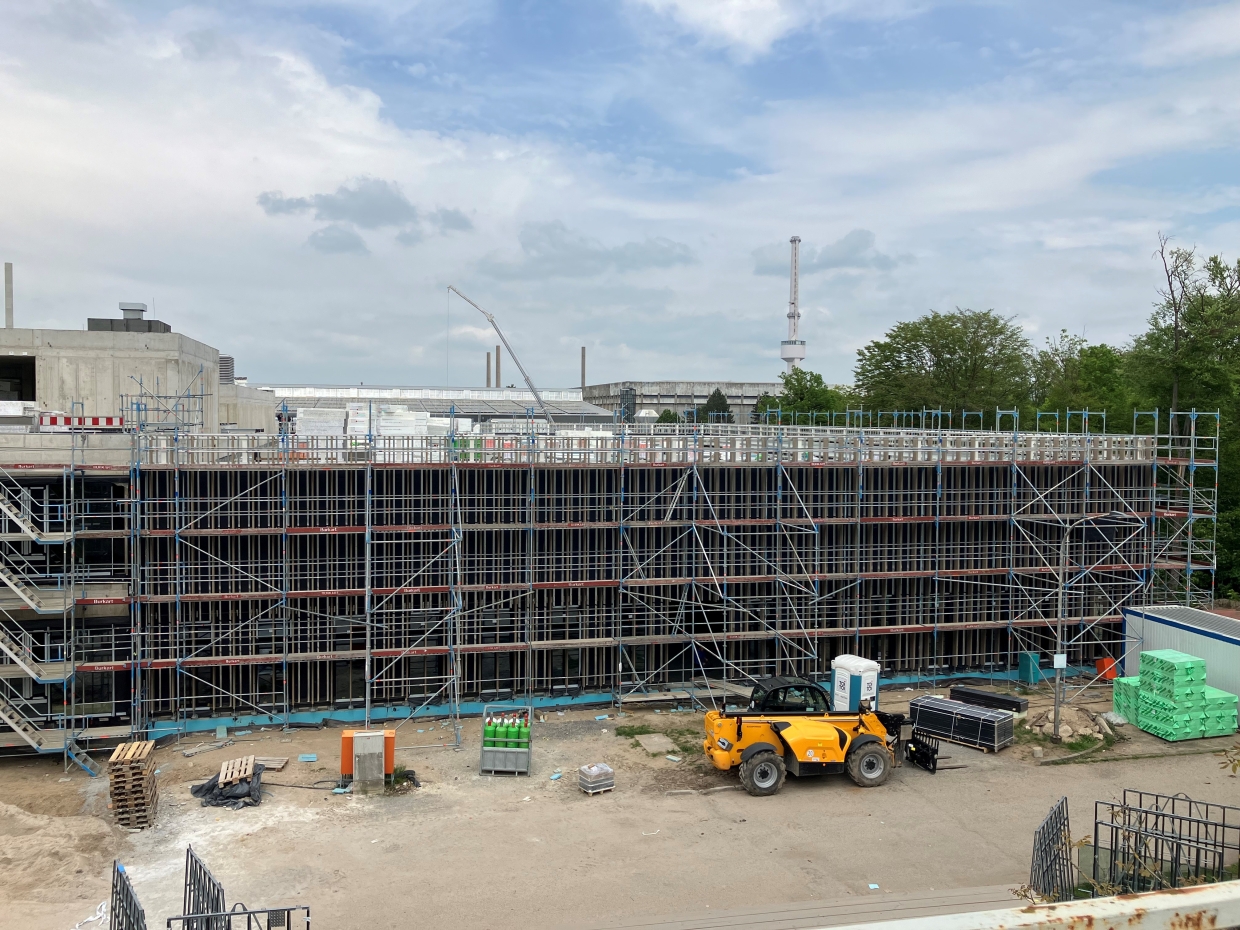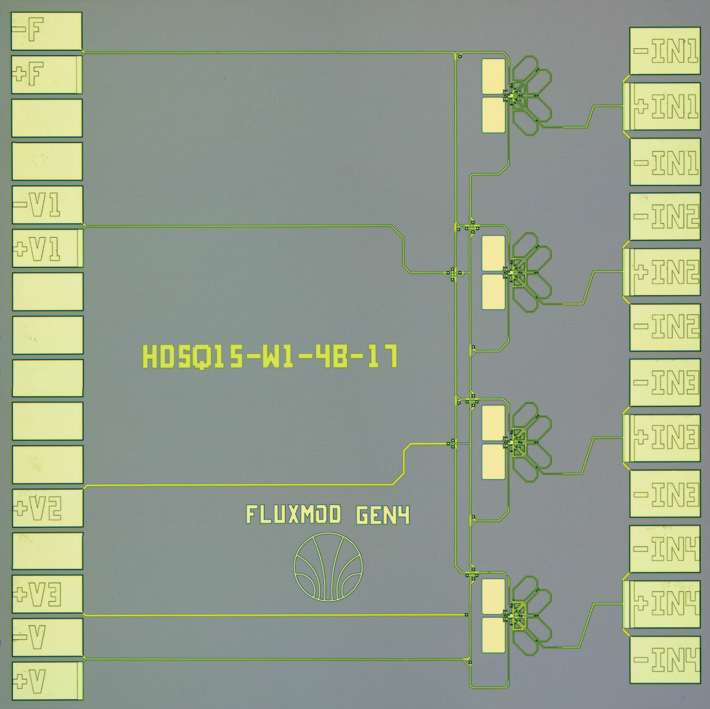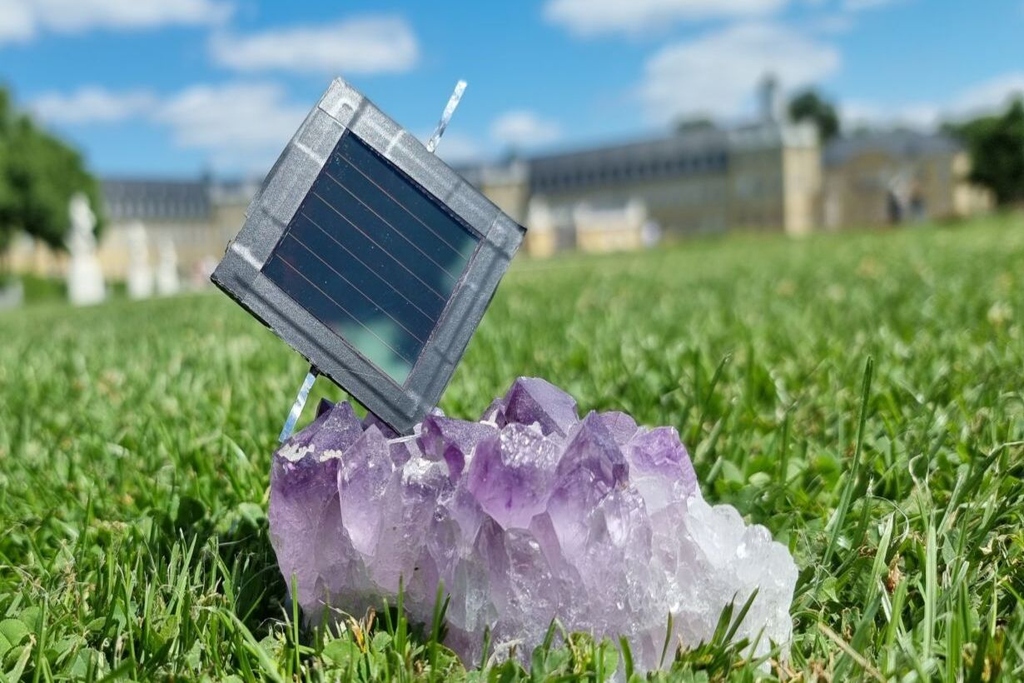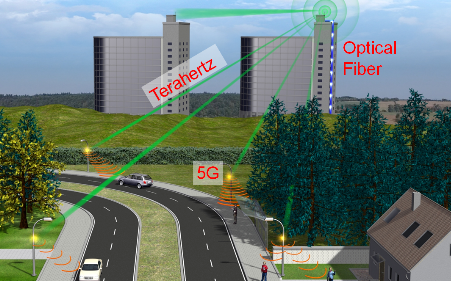The big issues in our society – Let’s tackle them!
When it comes about sustainable energy supply, ultra fast data connections and the understanding of life at all everybody feels addressed. These are not only the big issues in our current society but more than that in our future lifes.
The future progress in optics & photonics will significantly shape this future. That’s why we build the Karlsruhe Centre of Optics & Photonics (KCOP).
Funded by the Helmholtz Association KCOP as a unique multi-user research platform and infrastructure facility is emerging at Karlsruhe Institute of Technology. KCOP is supposed to enable the framework conditions for excellent research in Energy and Resource Efficiency, Communications and Connectivity, Information Acquisition in Life Sciences, Information Acquisition in Industry and Research, Quantum Technologies and Quantum Sensors and Digital Nano-Fabrication & Tailored Materials – not only for members of the KIT!
KCOP – we are already looking forward to 2026!
It is a dream of mine that at some point you can come up with a property according to your ideas, I then think about what this artificial material should look like and we just make it - so that it becomes reality.
KCOP Construction Field | Status Quo
 KCOP Construction Field at May 02, 2024 | Copyright: KIT | Rainer Moh
KCOP Construction Field at May 02, 2024 | Copyright: KIT | Rainer Moh
About KCOP - Organisational Overview
The Karlsruhe Center for Optics and Photonics (KCOP) is a cutting-edge micro- and nanofabrication facility that is currently being built up at KIT and that will enter into full operation in January 2026. Once completed, KCOP will offer more than 2000 m² of cleanroom area and laboratory space to a wide range of research groups from both fundamental science and engineering. One of the key objectives of KCOP is to replace a series of smaller cleanrooms, which are scattered across KIT campuses and which are operated by individual research groups.
KCOP was initiated by a group of shareholder institutes within three KIT Divisions. KCOP embraces a series of principal investigators (PI) that are active in the field of Optics & Photonics. These PI will continue to drive research activities in six research areas, geared towards grand challenges in society, technology and science.
The technologies of KCOP will be organised in nine technology clusters, each comprising several laboratories. Each technology cluster is directed by an experienced staff scientist.
At KCOP we want to create a space for interdisciplinary work. For this reason several technology clusters are assigned to each research area.
News
We are already doing really exciting research at KIT in the field of optics and photonics today. What might be possible with KCOP in the future?

With a symbolic groundbreaking at January 16th, 2023, the construction of the new KCOP building at KIT Campus North has started. Many of the project involved took part of this significant milestone for KCOP. The excavators are already working on the construction field now and the entire KCOP team is excited about the upcoming construction phases.
On the picture (from left to right): Rainer Moh, Prof. Dr.-Ing. Christian Koos, Dr. Lothar Hahn

Together with partners from the Institute for Process Data Processing and Electronics (IPE) and the Kirchhoff Institute for Physics (KIP) in Heidelberg, scientists from the Institute for Micro- and Nanoelectronic Systems (IMS) have presented a new SQUID-based multiplexing method. The corresponding work has been published in the renowned journal "Applied Physics Letters" as an OpenAccess publication.
...MORE
Light management, high-throughput laser interconnections and industrial coationg methods pave the way to the world’s first all perovskite tandem solar module - The team of T.T.Prof. U. Paetzold reports in Nature Energy
https://www.nature.com/articles/s41560-022-01059-w
More (in German)...
The Teratronic Signal Processing Group specializes in pushing the bandwidth limitations of on-chip signal processing into the THz regime by merging advanced electronics, photonics and digital signal processing technologies.

Upscaling perovskite photovoltaics from cell to module level with scalable processes is a key challenge. Researchers at IMT and LTI have now produced perovskite solar modules with almost no loss of scaling. They combine laser-scribed interconnection lines with the ease of co-evaporated perovskites.
(Photo: Amadeus Bramsiepe, KIT)








